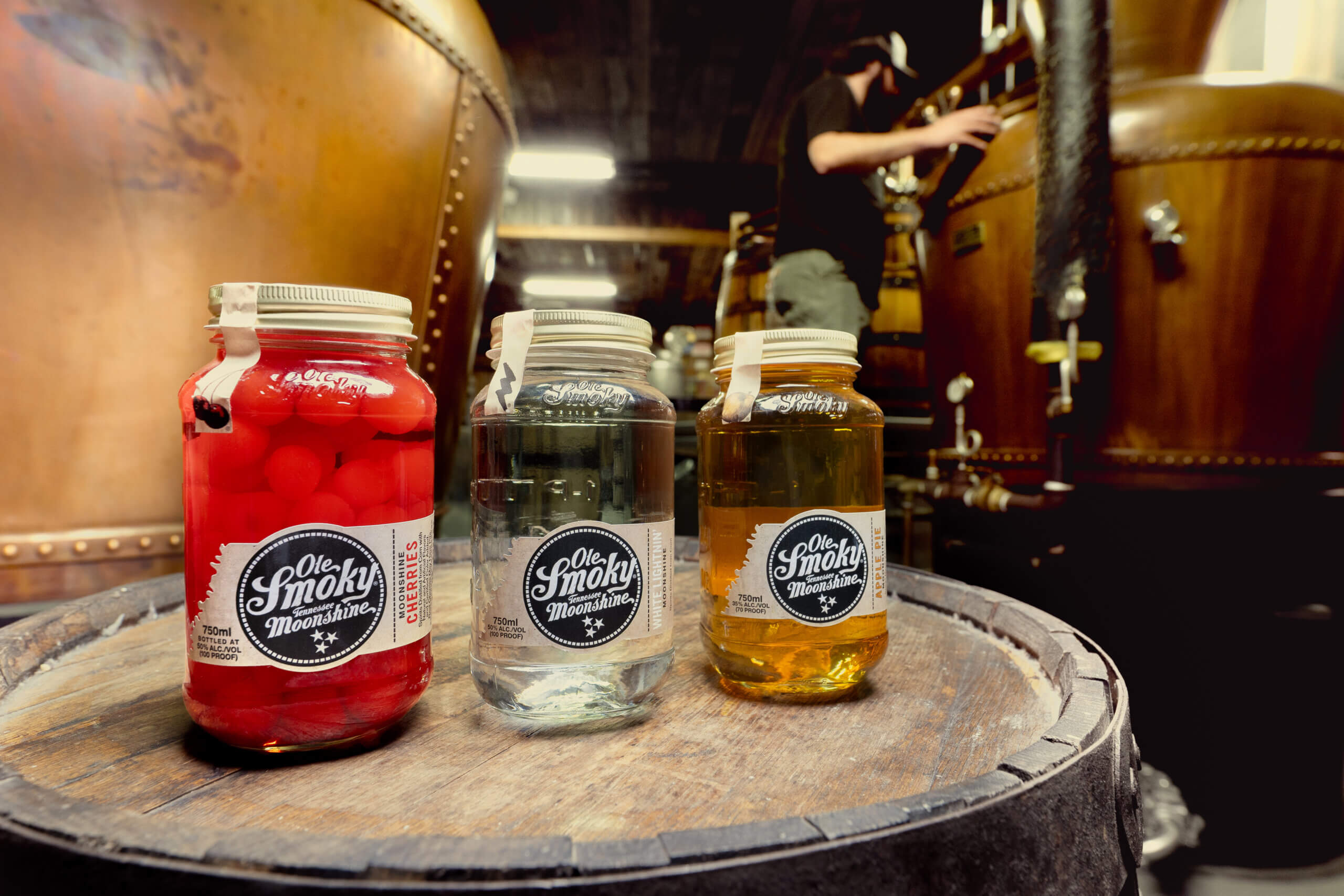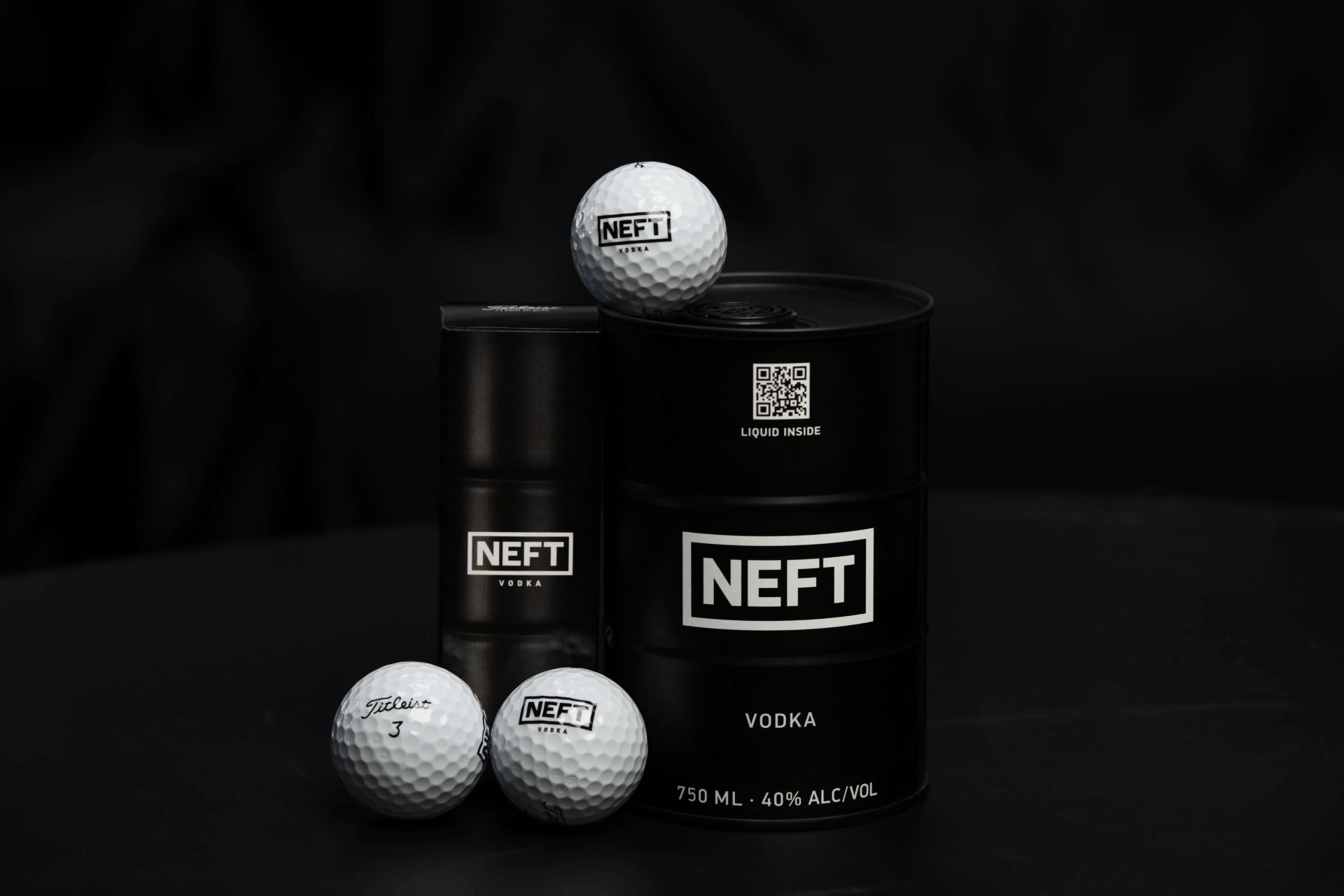The Bittersweet Allure of Orange Liqueur and How To Use It
By Chilled Magazine
In the annals of cocktail-ing, orange liqueur historically is the most used liqueur in recipes. Unfortunately, just picking up some orange liqueur and dosing it into a drink isn’t as simple as it sounds.
There are numerous orange-based liqueurs out there — from proprietary recipes to generically named — thus making one’s choices quite perplexing at time.
Since bartenders spend their days and nights behind the stick, it stands to reason that they have a chance to play around with all manner of citrus-y selections. Curaçao and Triple Sec — the former darker, the latter usually clear — are the generic terms here. Whichever you favor, one thing is certain. Each style and brand) has its own distinct character, sweetness level, and texture, all factors that affect a drink’s flavor profile. Curaçao can be colored in numerous tones, the most familiar and campy being blue.
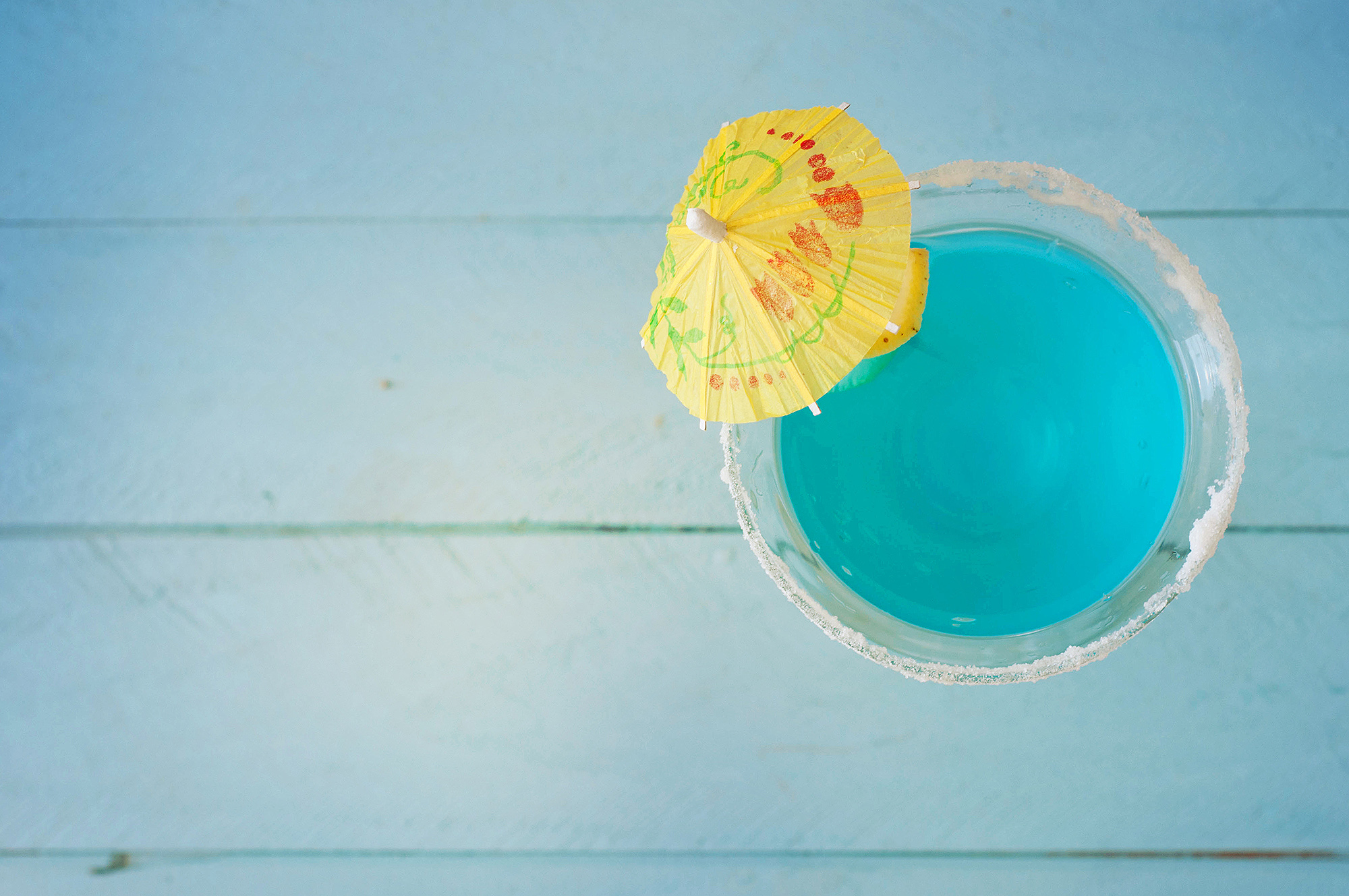
Blue Curaçao Cocktail
Let’s begin with the basics. Curaçao was originally made by the Dutch who settled the Caribbean island of Curaçao. While the Spaniards had planted oranges during their period of colonization, the oranges turned bitter in the arid soil, eventually becoming their own unique type. Now known as the lahara orange, the peels of this bitter citrus are what characterize this liqueur.
You’ve probably seen generically labeled Triple Sec in the store. In translation, triple sec means “triple dry” and it is essentially a French variety of Curaçao. Other definitions use the phrase to mean “triple distilled” (as does Combier), and even “triple orange-y.”
There is a myriad of brands available today. Below is a selection of some of the best known and most beloved by bartenders.
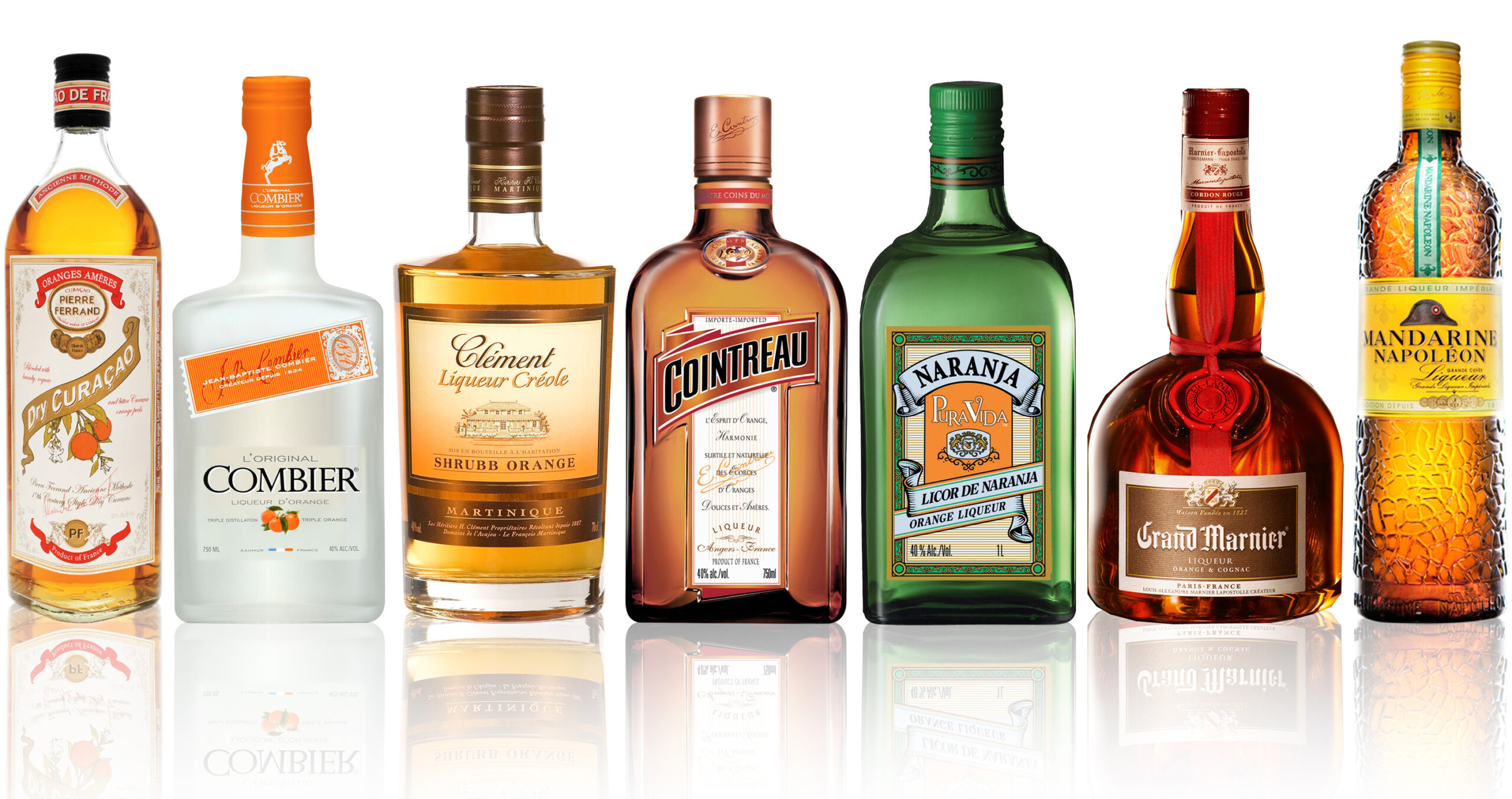
Pierre Ferrand Dry Curaçao, Combier Liqueur D’Orange, Clément Liqueur Créole, Cointreau, Naranja Orange Liqueur, Grand Marnier, Mandarine Napoléon
COINTREAU – Along with Grand Marnier, Cointreau is the name with which most home bartenders are familiar. It was also, until the recent spate of new orange liqueurs came on the market, the most widely used orange liqueur. Originally called “Triple Sec Cointreau”, the name was changed to the more proprietary Cointreau to set itself apart from other distillers who were naming their liqueurs “triple sec” as well.
American bartender Payman Bahmani who is pouring at Ounce in Taipei, Taiwan uses it frequently “in Daisies and drinks that I want to keep on the drier side. He makes a rye-based Sidecar called Ryedin’ Shotgun with a split of Cointreau and Grand Marnier, half an ounce of each.” For tiki drinks and other drinks that use a lot of crushed ice, he prefers Grand Marnier because he feels its orange flavors hold up better.
COMBIER – Combier bills itself as “the original triple sec”, claiming that it was invented in 1834 (Cointreau dates back to 1875.) The spirit is made from sun-dried sweet and bitter orange peels grown in the Samur region of France. Combier only arrived on the American market in 2009, but it has become a fixture in many bars around the country.
Los Angeles-based Julian Cox, Executive Beverage Director of Bestia and Petty Cash among others notes that Combier is “definitely the lightest, cleanest orange liqueur on the market. I use it at all my bar programs including in Petty Cash’s Margarita and Bestia’s Crusta. Orange liqueur is something I tend to modify and use as a complementary flavor. I tried to find lighter, bright liqueurs that aren’t syrupy. Everyone should try Combier at least once.”
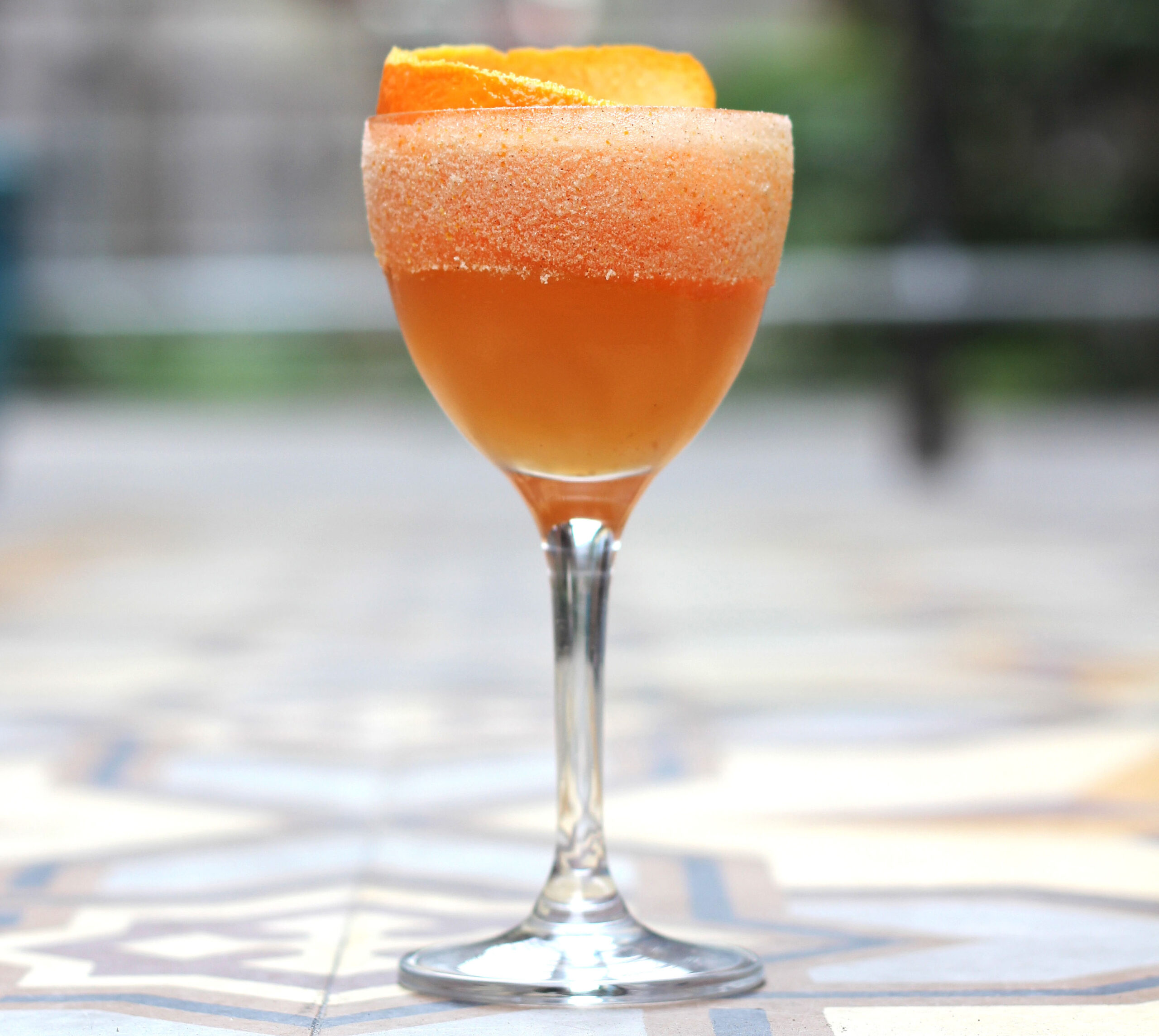
Brandy Crusta
Brandy Crusta
Courtesy of Julian Cox
Ingredients:
- 1 1/2 oz. Germain-Robin Craft Method Brandy
- 1/4 oz. Combier Liqueur
- 1/4 oz. Amaro Nonino
- 1 oz. Lemon Juice
- 1/4 oz. Cinnamon Syrup*
- 2 dashes of Angostura Bitters
- Cinnamon, for Garnish
- Sugar, for Garnish
- Toasted Orange Dust, for Garnish (combined with two above ingredients)
- Long Orange Twist, for Garnish
Preparation: Garnish rim of cocktail glass with sugar, cinnamon, and toasted orange dust. Place all ingredients in a mixing glass filled with ice and stir until chilled. Strain into a Nick and Nora-type glass. Garnish with a long orange twist, rolled inside the rim of the glass.
*Cinnamon Syrup
Ingredients:
- 1000 grams Granulated Sugar
- 1000 grams Filtered Water
- 100 grams Cinnamon Sticks, broken up
Preparation: Place all ingredients in a pot and bring to a boil. Remove mixture from heat and let sit for a half hour, then strain out cinnamon sticks.
MANDARIN NAPOLÉON – This Cognac-based orange liqueur relies on mandarin oranges for its distinct bite. Alex Straus, who is Sergeant at Arms for the Bon Vivants and behind the stick at Grandpa Johnson’s, is enthusiastic about this brand.
“Yes!! Mandarine is a big favorite of mine, he says.” It uses cardamom, green tea, and black tea in its maceration. It also uses whole mandarine oranges from Sicily that are lightly ‘crushed’ so you really get the flavor of the meat of the fruit. It makes the best Crusta ever, also great as a house curacao when cut down with simple. Makes a mean margarita as well. I always do an Ocho and Mandarine classic margarita for a good time.”
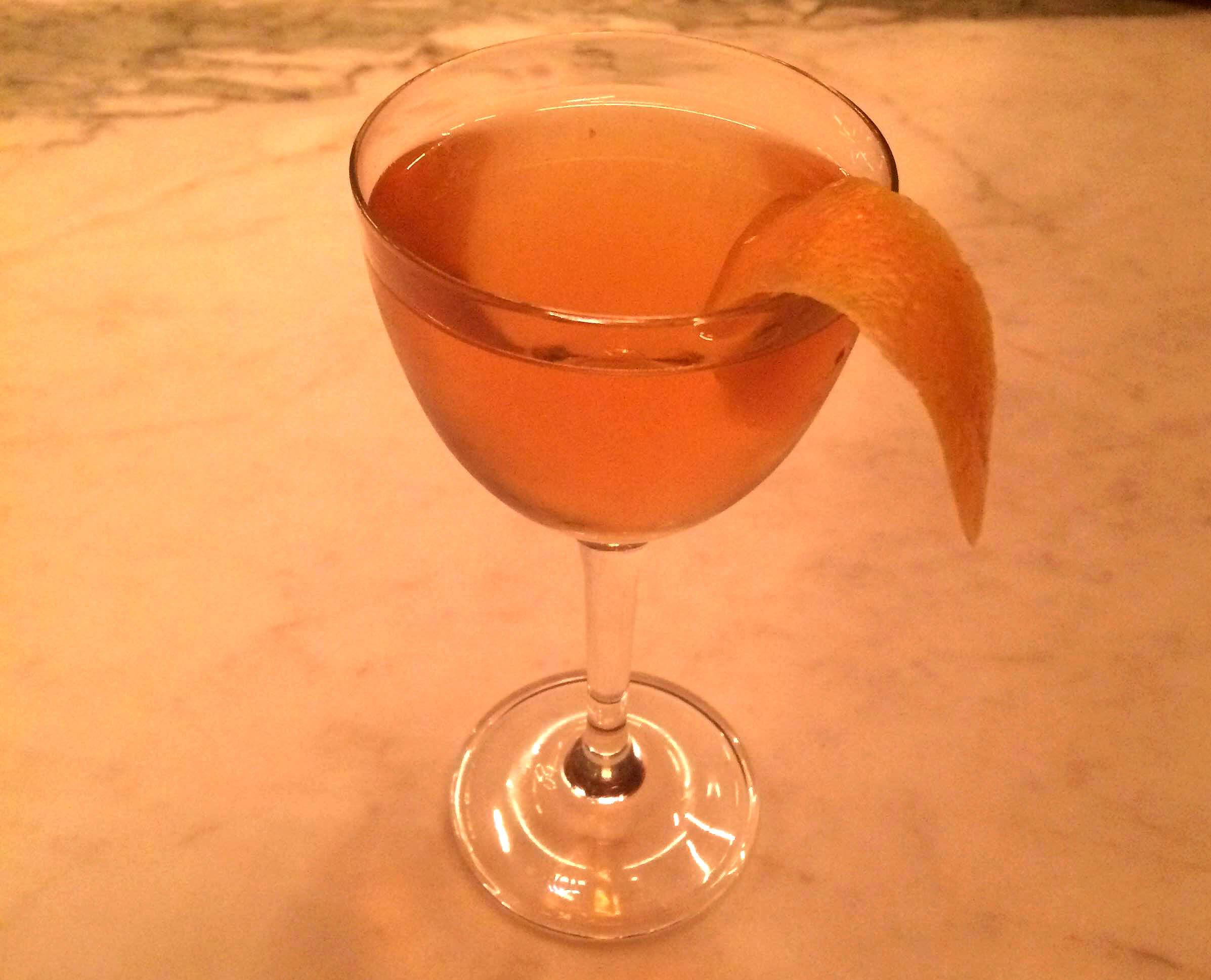
Uptown Manhattan
Uptown Manhattan
Courtesy of Alex Straus, Srgt at Arms/Bon Vivants, bartender/ Grandpa Johnson’s
Ingredients:
- 2 oz. Tequila Ocho Anejo
- 1/2 oz. Ancho Reyes Liqueur
- 1/2 oz. Mandarine Napoleon
- 2 Dashes Grapefruit Bitters
- Grapefruit Twist, for Garnish
Preparation: Place all ingredients in a mixing glass filled with ice and stir until chilled. Strain into a Nick and Nora glass. Garnish with grapefruit twist.
At Noble Experiement in San Diego, Bar Manager Trevor Easter modifies his Cognac-based orange liqueurs, like Mandarine Napoleon and Grand Marnier, cutting them 50/50 with simple syrup.
His reasoning is as follows: “We don’t want to have to modify our sour ratios if we want to apply a orange liqueur. It’s to be efficient and consistent with our ratios. To save time. A modified sour like a Mai Tai can take fiddling with but if you have your Curaçao sweetness correct you can just build it: rum, lime, then split the sweeteners – Orgeat and Curaçao. It allows us to stick to our ratios. If you were to make a whiskey sour, but wanted to add orange flavor you would have to use Curaçao and then add some sort of sweetener to balance it out with the acid. But for us we already have the sweetener built in so we can just stick to our standard 2,3/4,3/4 ratio and eliminate a step.”
The Hive Mind
Courtesy of Trevor Easter, Noble Experiment
Ingredients:
- 2 oz. Gin
- 1 oz. Lemon Juice
- 3/8 oz. 3:1 Honey Syrup
- 3/8 oz. Modfied Cognac-Based Orange Liqueur (such as Grand Marnier or Mandarine Napoleon)
Preparation: Build all ingredients in a collins glass with ice. Top with soda.
PIERRE FERRAND DRY CURACAO – According to the folks at Pierre Ferand, “Of the nearly 240 spirited recipes in the defining cocktail handbook Jerry Thomas’ Bartenders Guide published in 1862, more than 35 cocktail recipes call for Curaçao. Not ‘triple sec’ or ‘orange liqueur’ – but Curaçao. Specifically. As a matter of fact, only Curaçao is ever mentioned when a drink calls for an orange liqueur. We can only imagine and hope that Mr. Thomas would be happy to use our historically accurate Pierre Ferrand Dry Curaçao in his recipes.”
Their Curaçao is based on a 19th century recipe that uses bitter lahara oranges, a proprietary selection of spices and un-aged brandy plus Pierre Ferrand Cognac, then ages the mixture in oak casks. The exact recipe was created in consultation with cocktail historian David Wondrich. The moment the bottles hit the market, bartenders swooped in to use them in classic and modern cocktails.

Mai Tai
MAI TAI
Courtesy of Julie Reiner, proprietor and beverage director of Clover Club, NY
Ingredients:
- 1 oz. Plantation Rum Grande Reserve 5 Year Old (Barbados)
- 1 oz. Plantation Rum Jamaica Vintage 2000
- 3/4 oz. Fresh Lime Juice
- 1/2 oz. Pierre Ferrand Dry Curacao
- 1/4 oz. Simple Syrup
- 1/4 oz. Orgeat Syrup
Preparation: Add all ingredients into a shaker with ice. Shake and strain into a double old-fashioned glass filled with crushed ice. Garnish with mint, lime wheel and an orchid (if you have one).
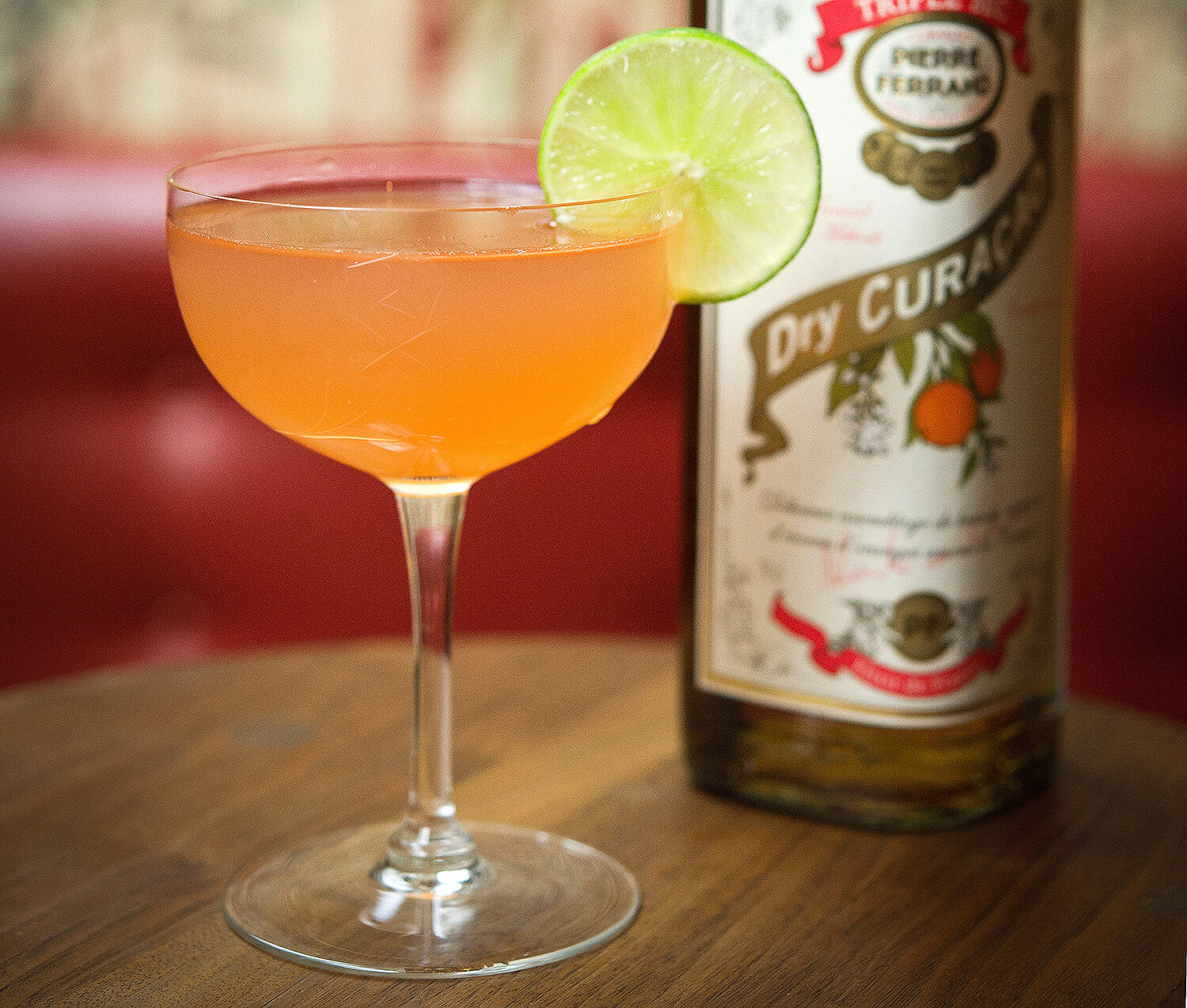
Pegu Club
PEGU CLUB
Source: Cocktails, by Jimmy of Ciro’s, 1930. Adapted by David Wondrich
Ingredients:
- 2 oz. Citadelle Gin
- 1/2 oz. Pierre Ferrand Dry Orange Curaçao
- 1/2 oz. Fresh-squeezed Lime Juice
- 1 Dash Orange Bitters
- 1 dash Angostura Bitters
Preparation: Shake well with ice. Strain into chilled cocktail glass.
Various other brands also make appearances on bar shelves. Clément Créole Shrubb is a rum-based orange liqueur that works well with tiki drinks because of the rum base. Naranja orange liqueur arrived in the U.S. in 2014, imported by the Pura Vida tequila company. Naranja means “orange” in Spanish and the liqueur has been used in margaritas south of the border for decades.
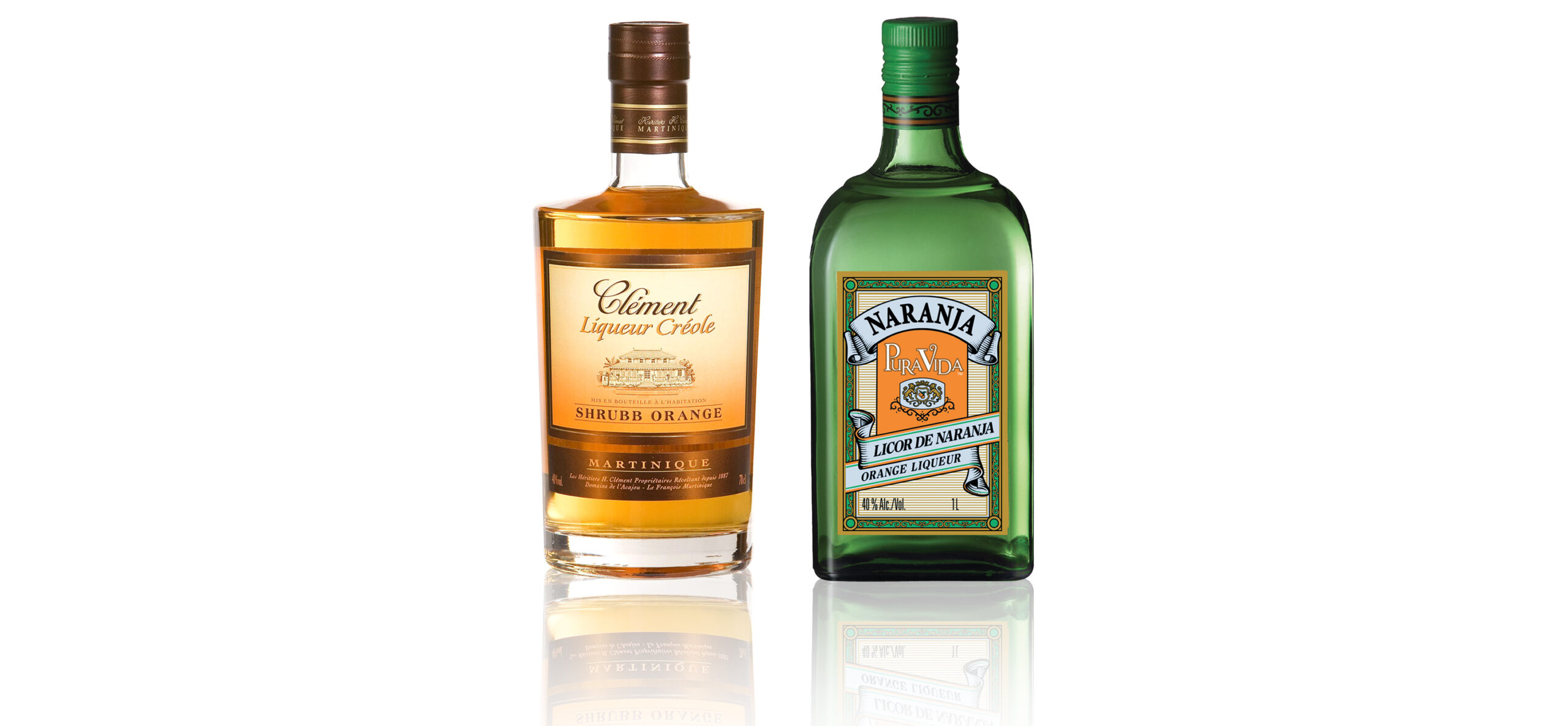
Clément Liqueur Créole, Naranja Orange Liqueur
Regardless of what brand you choose, orange liqueur is a must-have in the bartending arsenal. without it, there would be no Sidecar or Margarita. If you can choose only one liqueur, make it orange liqueur. With all the choices out there, there is a flavor profile — rich or subtle, sweeter or more bitter, spiced or not — for everyone and every drink.





